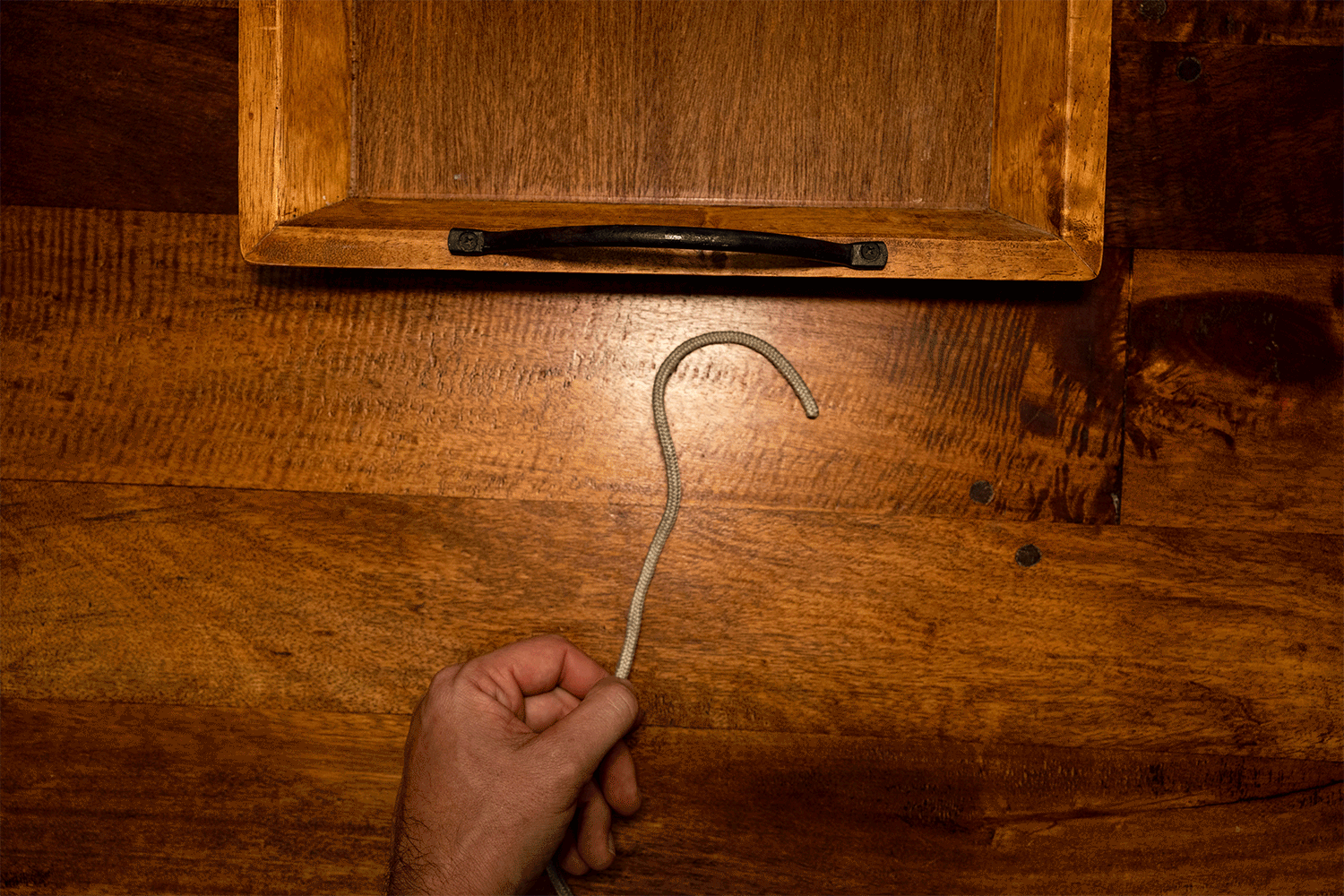
A camper’s secret weapon isn’t duct tape or comfy insoles—it’s the taut-line hitch. I’ve used it for everything from tents to holding up pipes while welding up a fence, and this functional knot has as many uses as you have ideas.
Best Uses for the Taut-Line Hitch
As I mentioned before, the taut-line hitch is handy in many ways. The beauty of this knot is that it’s secure when loaded with weight but can also be adjusted easily to increase or decrease tension. However, there’s one place where the taut-line gets used more than any other, and that’s at camp.
There’s simply no better way to attach guy lines from a tent to the ground, allowing the camper to adjust their tent or tarp on the fly to make sure it can hold up in any condition. If you like to sleep outside, you need to know the taut-line hitch. Outside of camping, the taut-line hitch is used for mooring boats in variable tide conditions, arboreal work, and supposedly it’s been used for construction on the Hubble Telescope.

How to Tie the Taut-Line Hitch
Because it’s primarily used in camping, we’ll use a tent scenario as an example—specifically, one of those old-school A-frame tents. Let’s say you’ve attached a line at one end of the tent and it’s secure but also static, meaning it won’t move or adjust. Using the taut-line hitch at the other end, you can increase or decrease the tension to ensure that the ridgeline of the tent is tight but not too tight. Here’s how to do it:
- Take your guy line and wrap it around a sturdy tree, large rock, or any other secure attachment point.
- Take your tag end and loop it either under or over your standing line.
- Wrap your tag end around the standing line inside the loop you just created two to five times. Depending on the width and construction of your guy lines, you may need to add or subtract a wrap or two to find the right amount of tension. Generally, two to three wraps will do.
- Then, bring your tag end above the wraps and loop it around the standing line and back underneath itself once, and then a second time, to create a double half-hitch. Pull down to tighten.
- Test out your hitch. You should be able to slide the wraps up and down the standing line to increase and decrease the size of the loop. Then, pull firmly on your standing line and it should cinch down and hold tightly.
That’s about it! The taut-line hitch is deceptively simple to tie, and has a ton of great uses. It’s helped me get through many windy nights in the backcountry without a care in the world.





Conversation